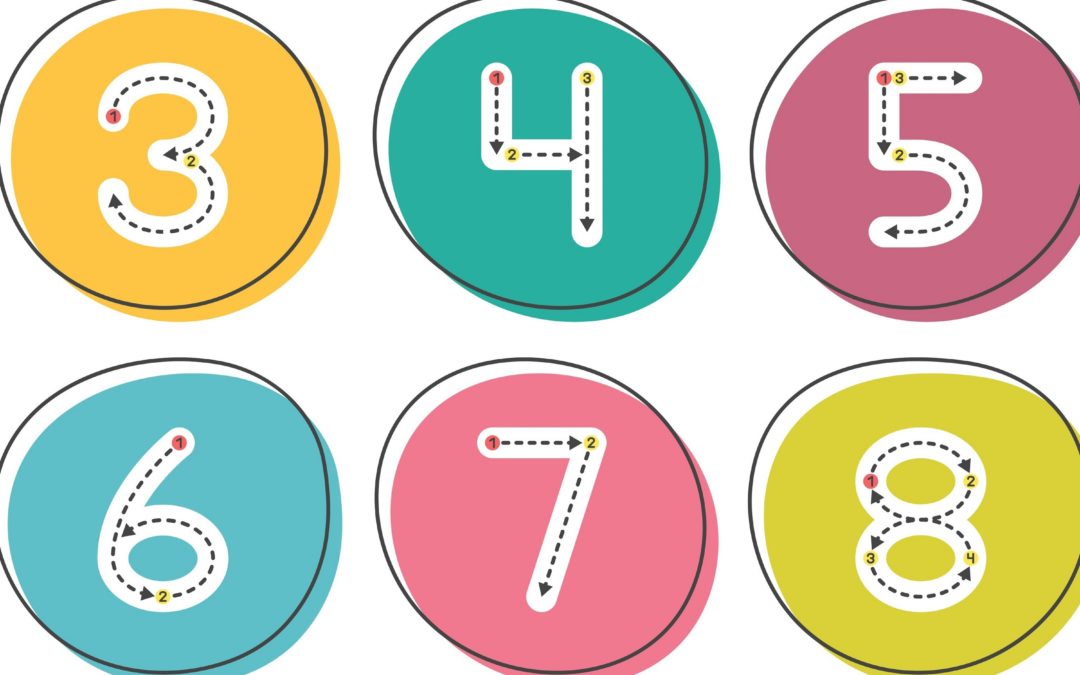The scaling question is a helpful instrument in coaching situations.
When a person comes to coaching, there is often this diffuse feeling: Something should become better, different, more pleasant or more friendly, or a problem is pressing heavily on the soul. The scaling question initially involves classifying certain states or feelings on a scale. The scale is used for orientation, sometimes related to a single aspect, but sometimes the scale runs through the whole process.
The scaling question is not simply a question about a state or situation but a systemic intervention if used correctly.
Start the conversation by explaining the question’s context and briefly introducing the process. Invite the person to engage with the questions that follow.
It is essential to point out to the respondent in this type of question that no matter what number they will give, there is no right or wrong here; it is about individual assessment.
Here is an example of how the conversation might proceed:
Coach: “If we look at the situation just described, on a scale of 0 -to 10, if “0” means a state that you cannot endure and “10” means a situation where the problem is no longer there, where do you stand now?”
Coachee: “Three”.
The coach thanks the coachee for their assessment and asks them how they came up with the “three” and what they think the “three” is.
Then the coach continues: “Where on this scale would the state “good enough” be for them if ten means that the problem is no longer present?”
Coachee: “Eight.”
The coach thanks him again and asks further: “Today’s assessment is “three”. What would have to have happened, or what have you done differently, for you to say a “four” in 3 weeks, for example? What will you do differently then?”
The interviewee then lists a few things that represent possible next steps towards a decisive improvement of the situation. This list serves as a basis for determining next steps and setting up a plan.
With some practice, this coaching tool can also be used helpfully by managers in staff development. You can use it throughout the whole support process to make the corresponding progress of the staff member visible.
Klaus Fischer has put together this toolbox for you.


Recent Comments